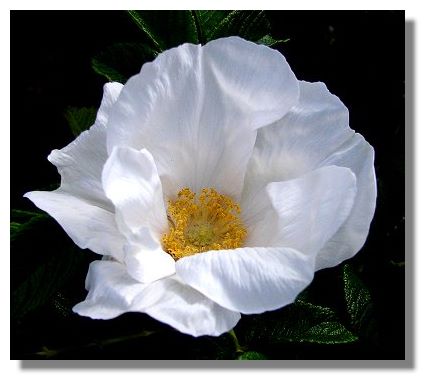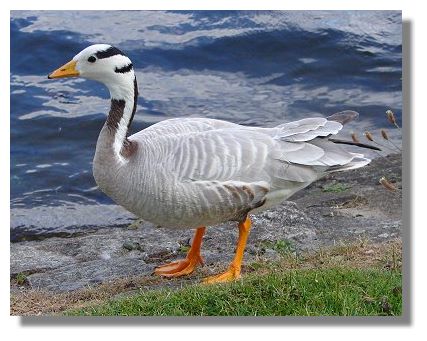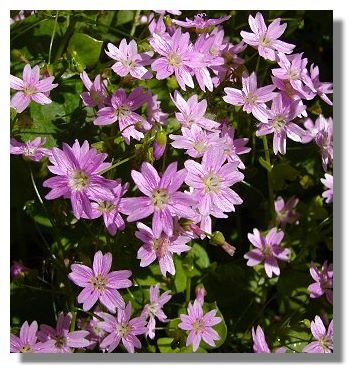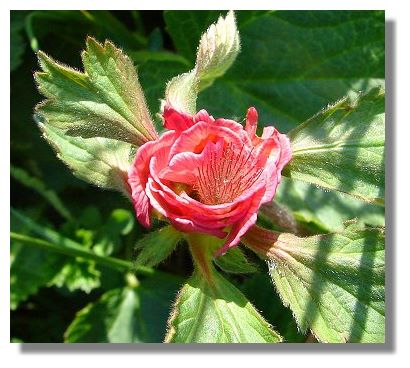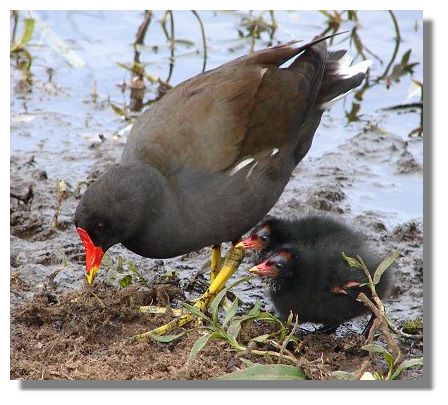Each week the Rampant Scotland Newsletter includes a number of photographs which illustrate the weather, flora and fauna of the current week around Scotland. There are so many such graphics worth including that a separate "colour supplement" is created so as not to totally overload the Newsletter. Here is this week's crop!
Horticulturalists spend years and large sums of money creating new roses - and yet some of the best are still the ones found growing wild in the hedgerows in the countryside. This white Wild Rose was growing beside Hogganfield Loch in Glasgow, earlier this week.
This handsome goose stood out amongst all the Greylag geese at Hogganfield Loch this week. Having never seen it before, I searched through the UK bird identification books - but it was nowhere to be found. My next stop was the Web site for reporting the sightings of unusual birds in the Glasgow area - where it had already been reported and identified as a "Bar-headed Goose". Apparently it breeds in Central Asia and migrates over the Himalayas to winter in the wetlands of India - it is believed to be the highest flying bird, having been seen at up to 30,000 feet. It is often kept in captivity, from which it sometimes escapes - presumably that was what happened here.
These pretty flowers are only about a half-inch across. Its common name is "Pink Purslane" and its botanical name is "Claytonia sibirica." It prefers damp, shady places in northern Britain and the west of England. The wild flower books suggest that it is fairly common in some areas but it's not one that I've come across before. It was introduced to the UK from western North America.
Last year, a pair of Great Crested Grebe at Drumpellier Country Park failed to produce a family as their eggs and nest became waterlogged after the water level rose in the loch. This year, they have been much more successful, producing four noisy youngsters. The parents were kept busy diving for fish to feed to their offspring. Usually the brood is split between the two parents, each one feeding only their specific chicks. The young birds will be able to feed themselves after about eight weeks.
Like the Pink Purslane above, the bell-shaped flowers of the Water Avens are about the size of a finger nail. Despite this small size, it is a member of the rose family. This one was photographed in the countryside north of Glasgow.
More youngsters! Moorhens are good looking birds, but the same cannot really be said about their chicks - it's that blue mascara that does the damage! This Moorhen mother was having a busy time feeding her family of six balls of fluff. Both parents build the nest of aquatic plants, usually in thick reeds, and take turns at incubating the eggs. The young are then fed by both parents. Although after about 25 days they can feed themselves, they continue to be fed by the parents until they can fly at around 45 days.
If you want to look back at earlier editions of this Colour Supplement, there is an Index Page
